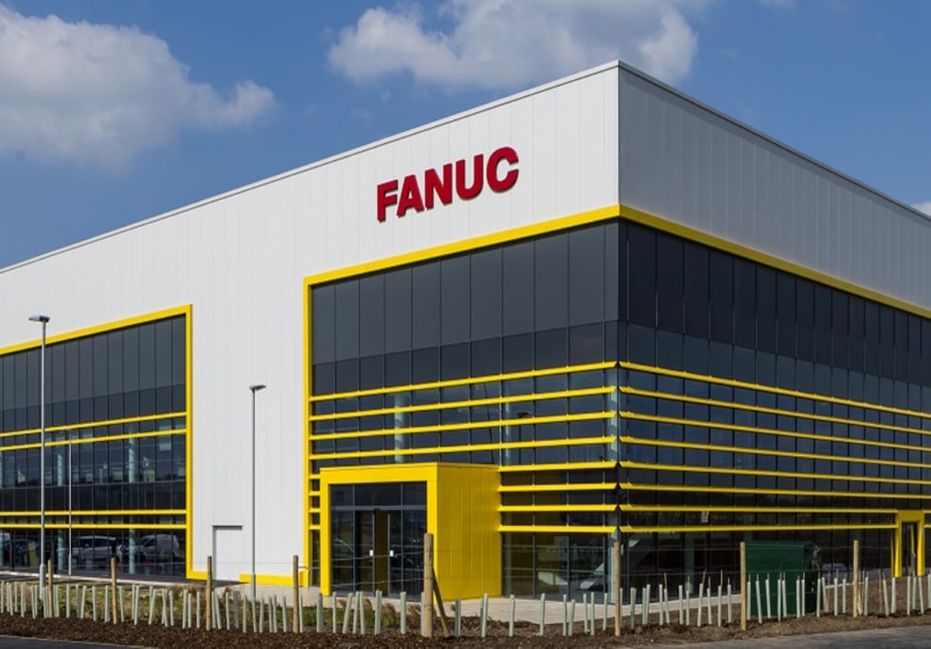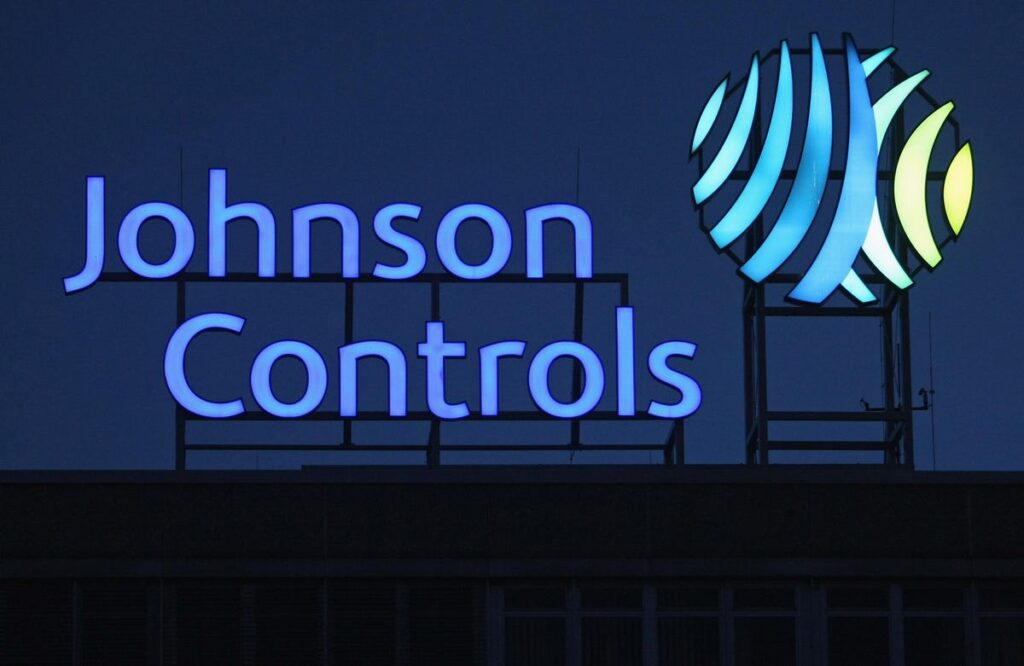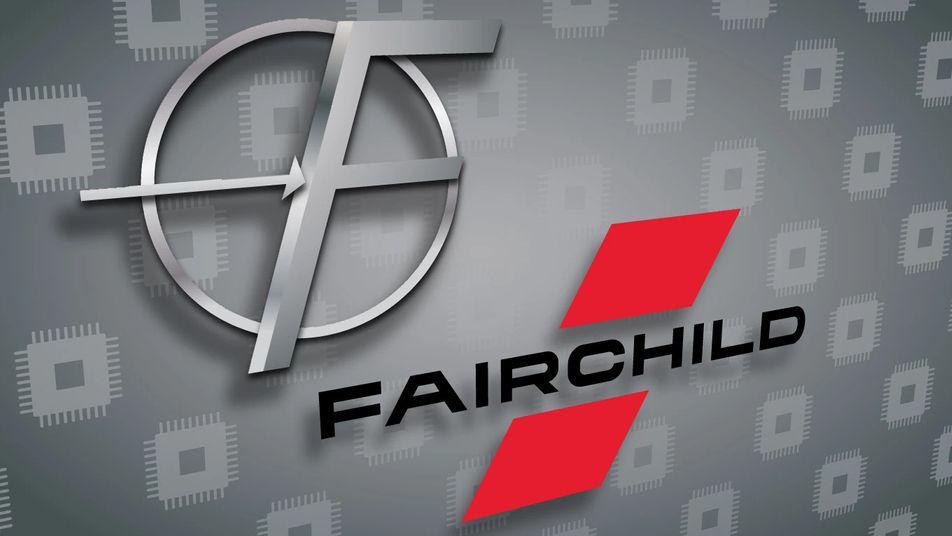FANUC – The Largest Manufacturer Of Industrial Robots Worldwide.
Established in 1956, FANUC is a pioneer in automation technology and a specialist in Japanese-made CNC, Robots, and Robomachines. Additionally, FANUC provides customer service as long as its clients continue to utilize its products By encouraging automation and effectiveness in its clients’ factories, the company supports the growth of the industrial sectors in Japan and abroad.
About The Company
FANUC aka Fuji Automatic NUmerical Control is a Japanese conglomerate of businesses that offers automation services and products such as robotics and wireless computer numerical control systems. The conglomerate is the largest manufacturer of industrial robots worldwide. It has offices in more than 46 countries and more than 240 joint ventures and subsidiaries. With over 65% share in the global market, it holds the top spot as the leading manufacturer of CNC controls. The company is listed on the Tokyo Stock Exchange and is a part of the Nikkei 225 and TOPIX stock indices.

History
Seiuemon Inaba, a young engineer at the time, was asked by Fujitsu Ltd. to head up a new company with the aim of developing the domain of numerical control(NC). To create programmable versions of the lathe machine, presses, and milling machines, this early form of automation included transmitting instructions encoded into punchcards or magnetic tapes to motors that regulated the operation of tools. After investing a lot of money in research and development, he and his team of 500 people shipped Fujitsu’s first NC machine to Makino Milling Machine in just three years. FANUC Ltd. was created in 1972. CNC, which was the next stage of growth, was based on G-code, a common programming language. The ten largest CNC firms in the world at the time were American-based, but by 1982, the Japanese company had seized half of the global CNC market. In order to manufacture and sell robots in the United States, FANUC and General Motors formed a joint venture known as GMFanuc Robotics Corporation in 1982. Numerous Japanese and American electronics and vehicle manufacturers are among the company’s clients. Corporations like Panasonic are able to operate factories that manufacture over 2 million TV sets per month (mainly premium plasma LCD panels) with just 25 employees by the use of company industrial robots. The company is a top producer of factory automation solutions.
Subsidiaries
The main subsidiaries of the company are the Japanese FANUC Corporation, Fanuc America Corporation, and the Luxembourg-based FANUC Europe Corporation S.A. FANUC Europe Corporation, with its headquarters in Luxembourg, which serves European clients and offers sales, service, and support both domestically and internationally. FANUC America Corporation is primarily responsible for companies’ operations in South & North America. The most recent edition, which was established in 2013, integrates FANUC operations in the Americas, including those of the old FANUC Robotics America Corporation (1992–2013) and FANUC CNC America (2010–2013), which superseded an earlier edition of FANUC America Corporation.
Founder – Seiuemon Inaba
Japanese roboticist Seiuemon Inaba founded FANUC and served as its honorary chairman. He played a crucial part in the growth of the robotic industry. For his groundbreaking work in numerically controlled machine tools, factory automation, and services to engineering research and education, he was elected a fellow of the National Academy of Engineering in 1992.
CEO – Dr. Eng. Yoshiharu Inaba
Dr. Eng. Yoshiharu Inaba is the CEO of FANUC. Since January 2012, Yoshiharu Inaba has also held the positions of President, Chief Director of Marketing, and Representative Director of FANUC CORPORATION. In September 1983, he began working for the company. He has held the positions of Senior Managing Director and Managing Director in the past. He was formerly employed with Isuzu Motors Limited.

I am a law graduate from NLU Lucknow. I have a flair for creative writing and hence in my free time work as a freelance content writer.




